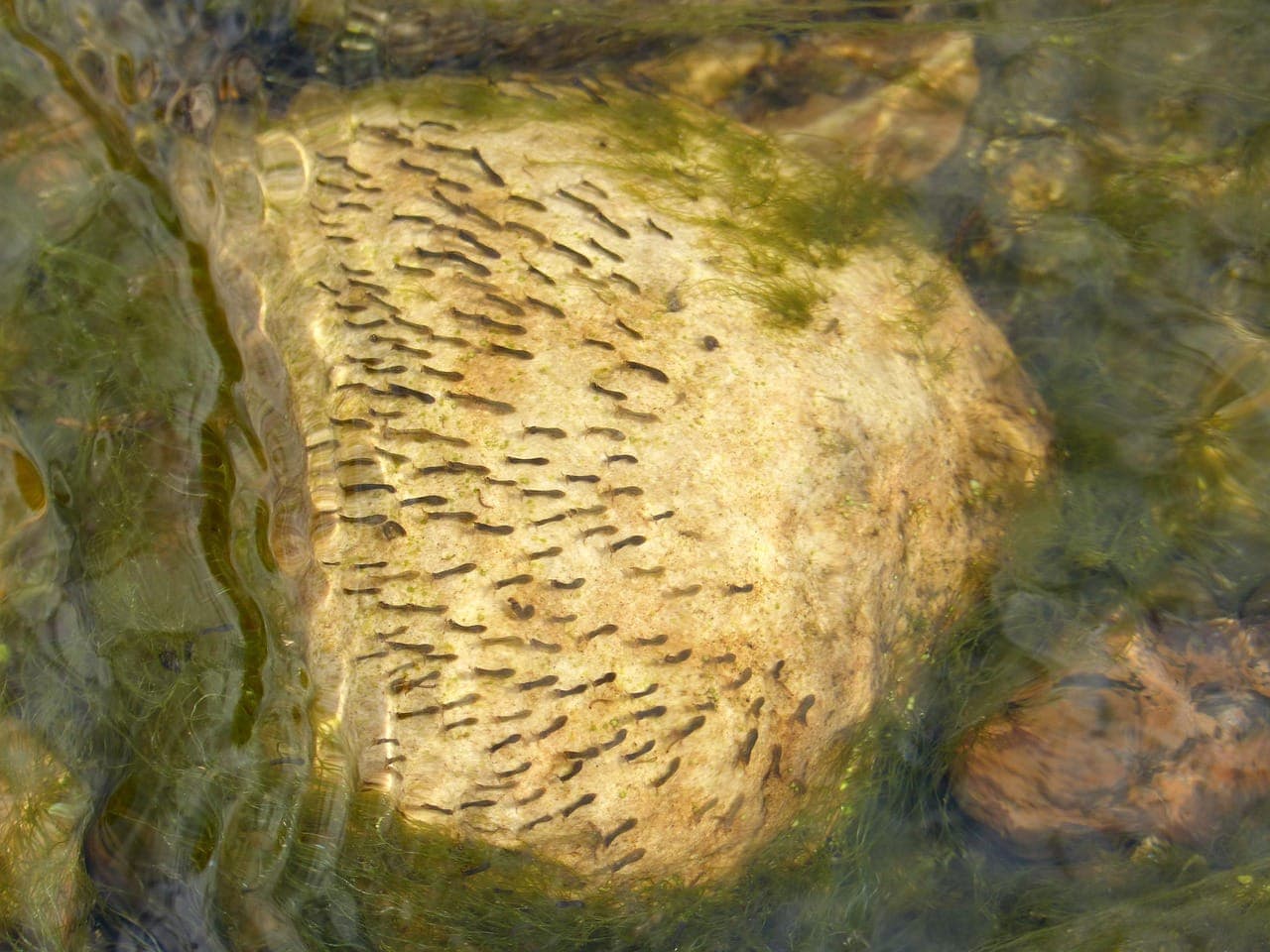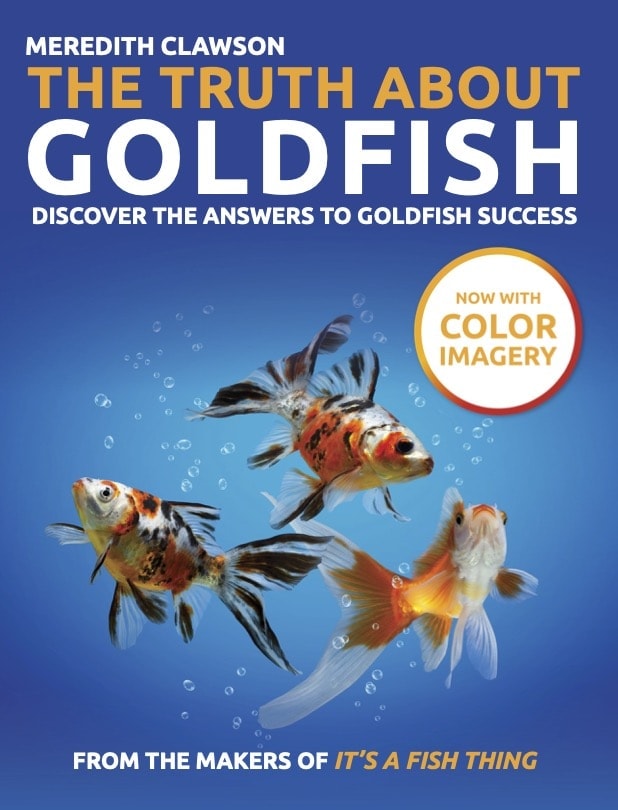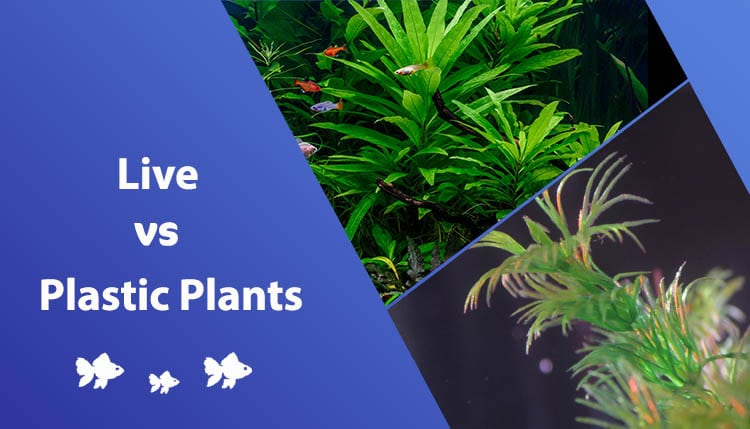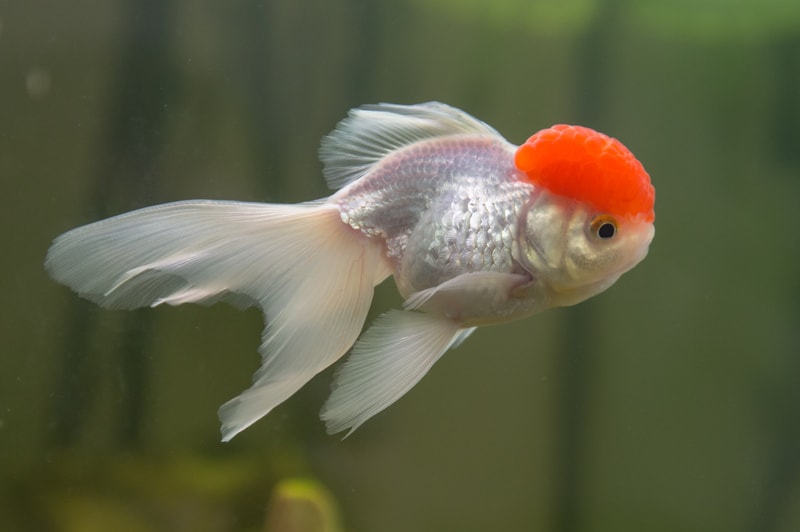How to Raise Mosquito Larvae For Fish Food: Expert Tips

Updated on

Mosquito larvae provide an excellent source of protein and supplementation for fish. Although the thought of wanting to attract mosquitos into your harm is alarming, the thought of having to raise them is more peculiar.
For fish keepers, mosquito larvae are valuable in this aquarium industry and are particularly a favorite with tropical fish like guppies or Siamese fighting fish. Mosquito larvae is appealing to temperate water fish, too. Your goldfish will happily gobble up the larvae!
Having access to a constant supply of nutritional larvae at your hands comes in handy when the prying eyes of your fish demand food. You can slip it into the aquarium on a teaspoon and watch your fish eat away! Adding variety into your fish’s diet is the best chance for optimal internal health that will be shown visibly by a vibrant coloration and an overall healthy appearance.
What are Mosquito Larvae?
Mosquito larvae are offspring and the first stage in the adult Mosquitos life. The mosquito larvae spend their life underwater. A female adult mosquito will lay her eggs on the surface of stagnant water when breeding season is right. The eggs will hatch and in place, there will be thin, wiggly, and wingless creatures darting around the surface. Although at this stage they do not look like their parents at all, they grow into adulthood rapidly under the right conditions.
Benefits of Mosquito Larvae for Fish
Mosquito larvae are readily available naturally, which means you will need to purchase the larvae if you live in their ideal climates. Finally, we have found a use for the dreaded mosquitos has been found and your fish will thank you! Not only are mosquito eggs easy to obtain, but they host a variety of benefits for our fish too.
- Cheap
- Easily accessible
- High in protein
- Easy for beginners to raise
- A constant source of food
- Improves fish colors
- Improves breeding
- Keep your fish in good health
How to Attract Mosquito Larvae
Mosquito larvae do not have to be purchased at a store, all the equipment needed to attract and capture the mosquitos are available in your home. It is easy to find an area that has many mosquitos if you live in a humid and tropical climate.
Mosquitos are more active during the summer months when oncoming rain is on its way. It is best to capture them during those months and you will be able to have a mosquito breeding and egg-laying cycle through all the months.
- Your job is to raise the larvae to the desired stage and size to feed your fish. To attract mosquitos, you will have to control the temperature and humidity in the hatchery to make it desirable for mosquitos to breed.
- Keep a bowl of stagnant dechlorinated water in a tub, old tank, or bucket.
- Leave the bucket outside in an area where minimal dirt will build up.
- Place a live floating plant such as hornwort to encourage egg-laying.
- Keep the bucket there for a week until you see visible signs of mosquito larvae.
- Keep the hatchery in an area that is warm and humid to attract adult mosquitos.

The Life Cycle of Mosquitos (Size & Identification)
- Stage 1: The adult mosquitos lay a cluster of eggs known as rafts on top of stagnant water. The raft will float until the eggs begin to hatch. You can feed this raft to large fish like koi and large goldfish.
- Stage 2: The eggs hatch and you will notice their tiny cylindrical bodies wiggling in the water. They can be fed at this stage to small fish like tetras or betta fish.
- Stage 3: The mosquito sheds its skin and develops into a pupa. They are then observed to be wiggling their way through the water. They can be fed to fish like goldfish or koi.
- Stage 4: The wigglers turn into an adult mosquito. They then become airborne. This is more desirable to large fish, like adult goldfish or koi.
Many fish die as a result of improper food and/or portion sizes, which can be easily prevented by proper education.
That's why our best-selling book, The Truth About Goldfish, covers exactly what you can and can’t give your goldies when it comes to mealtime. It’s even got a section dedicated to keeping your pet fish alive and well-fed when you go on vacation!
Types of Fish That Eat Mosquito Larvae
- Betta fish
- Danios
- Guppies
- Goldfish
- Tilapia
- Koi
- Minnows
- Tetras
- Livebearers (Molly, Platy. Swordtail)
Raising Mosquito Larvae
- Choose a desirable area to set up and raise the larvae inside of the hatchery.
- Keep a filter mesh bag in with freshly cut grass to encourage algae (which is their main source of food) to grow within the water column.
- Keep the hatchery in a brightly lit room or shaded outdoor area to encourage rapid algae growth.
- Place a strip of mosquito netting over the top of the container to avoid the adults from flying around outside the hatchery.
- Keep the water full of gunk and do not change the water, add chemicals, or cause surface movement.
- Ensure the water is not contaminated and keep the temperature stable as the larvae may not be able to survive on hot days.
Catching & Feeding Mosquito Larvae to Fish
You can use a net or small container to catch the cluster of mosquito larvae as they cluster in small groups around the aquarium, usually by the corners or near floating objects.
After you have caught most of the larvae, transport them into the fish’s tank. Place the net or container into the water and the fish will begin to catch and eat them.
Avoid over-feeding the mosquitos. A decent cluster of the larvae or mosquito once a week is sufficient for herbivorous. It can be fed to carnivorous fish like the Siamese fighting fish or Danios every three days.
Final Thoughts
Feeding mosquito larvae to your fish offers a healthy treat to herbivorous fish and carnivorous fish a staple protein-rich diet. If you choose to keep a long-term hatchery for raising the larvae, use a divided feeding schedule to not overfeed the fish. The benefit of the mosquito’s guaranteed analysis is impressive. We hope this article has provided you with guidance on how to raise mosquito larvae for a beneficial meal for a variety of omnivorous or carnivorous fish.
See also:
- How to Build a DIY Aquarium in 15 Easy Steps
- Top 10 Best Saltwater Aquarium Fish Breeds (with Pictures)
Featured Image Credit: Makamuki0, Pixabay











